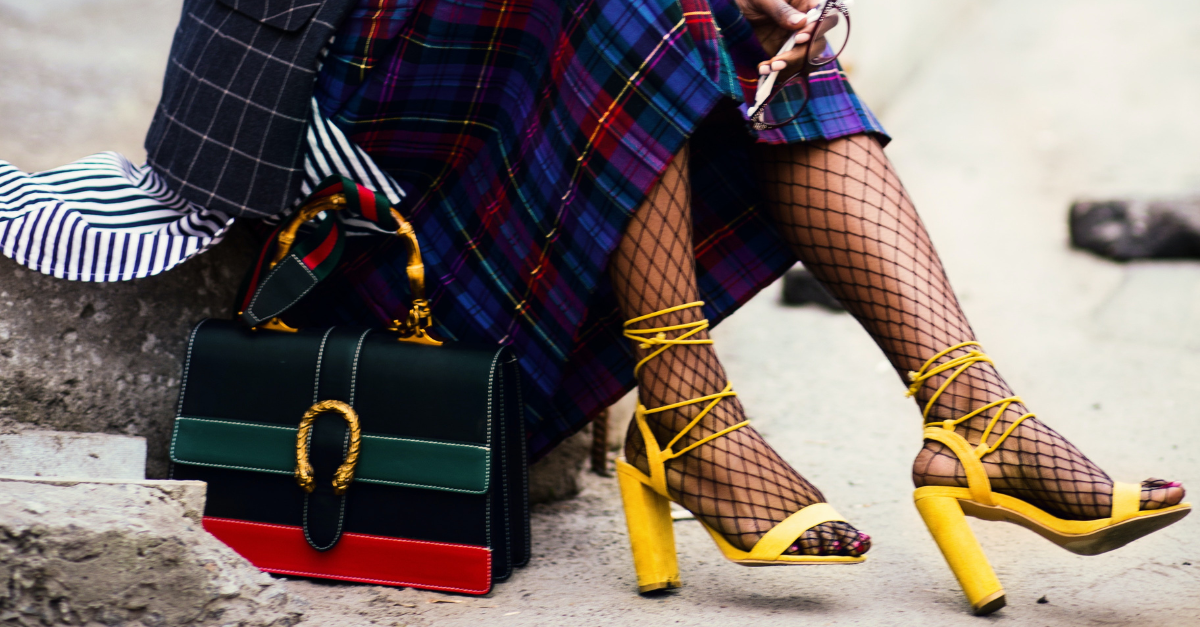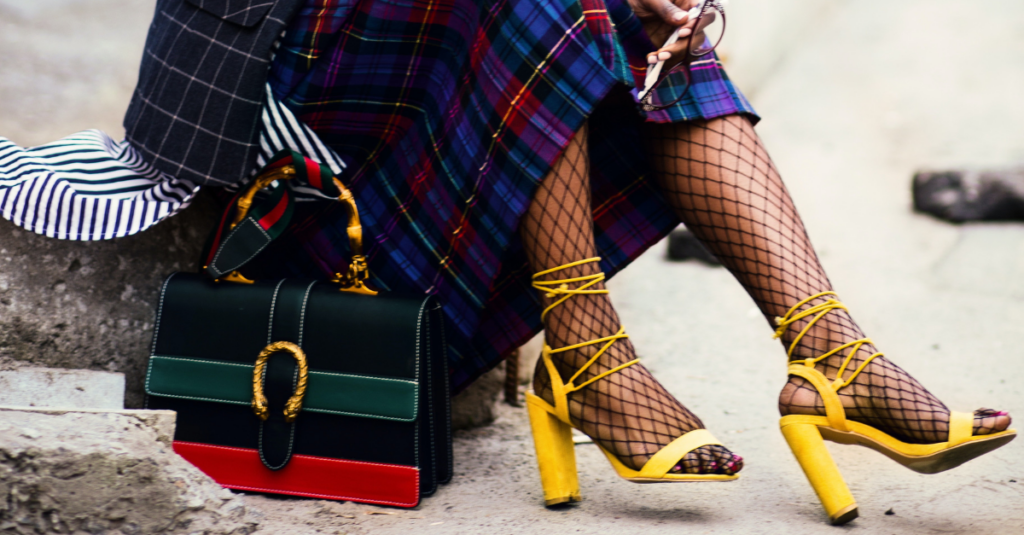Affluent Audience’s Response to Inflation
2022 was a year of adjustment. Consumers adjusted to a post-pandemic world and returned to pre-pandemic shopping behaviors. Consumers adjusted their budgets as the price of goods skyrocketed as a result of inflation.
But how did the ultra-high networth audience react to these price increases? For luxury brands, many companies benefited from new pricing power as affluent customers’ spending habits did not have as much of a shift. Above all, affluent consumers still want the best of the best, even if the price of the product is listed at a higher dollar amount.
Below, we will dive into luxury consumer habits and how they are influenced, and show how you can navigate the needs of the evolving affluent audience.
A Shift From Brand Expression to Self-Expression

When thinking about what drives today’s luxury audience, things look a little different than trends from years past. Exclusivity is not what brands are reaching for, but rather inclusivity and self-expression. High-end fashion consumers are trending towards regularly switching up their style in a more expressive way rather than investing in a single item that will be worn the same way for years.
You may have seen actress Sydney Sweeny as Tory Burch’s new muse. A brand that has been often looked at as a mid-level competitor for years has now regained its popularity. This new and expressive approach to their advertising campaign gains the attention of younger audiences, with HBO’s rising star at the forefront.
Gen Z & Luxury Market Growth

Unsurprisingly, a large part of luxury audiences is becoming younger and younger. According to a report by Bain and Company, “Genz will account for 40% of the global personal luxury goods market by 2035, and will make up to 130% of its market growth between 2022 and 2025”. It is important for luxury brands to meet customers where they are, which means making sure there is a seamless user experience for your consumer in the digital space. If you’re not providing audiences with engaging content and attention-grabbing experiences, you will be missing out on a significant pool of the affluent generation.
Although Gen Z won’t peak as a population for another 10 years, they are core influencers who impact both millennials and Gen Xers on what they buy. Yes, there is a reason skinny jeans have disappeared from clothing racks — and you can thank Generation Z for the new straight-legged style.
Differentiating Your Luxury Brand

There will always be competitors in your industry, but how do you compete in such a niche and saturated market? It comes down to how people perceive your brand. How can you market that product or service in a new and interesting way?
Take Kim Kardashian’s brand, SKIMS for example. Shapewear that’s been around for years never received this much attention, so what’s different? The marketing campaigns behind SKIMS generated ‘hype’ so to speak, specifically through their limited drop collections. Not everyone can get their hands on the newest release, keeping SKIMs top of mind for users who want to make a future purchase.
For the home design or architecture industries, this logic can be mirrored in the ways you construct your brand messaging. Using phrases like ‘world-class quality’ or ‘limited space available’ builds up consumers’ emotional response of desire, which has an innate effect on buyers’ purchase behavior. Aside from messaging, luxury brands can also use this model to drive a desire to purchase. Opting to create limited releases or limited quantities of collection items can prompt a quicker response, as users want to buy before your sought-after items go out of stock.
Tips for Reaching & Understanding your Luxury Audience

Luxury Consumers and Social Listening
In a world where most people share their thoughts and opinions online, displaying likes or dislikes for brands through comments, likes, and views, is an everyday occurrence. Social listening is all about actively listening to your audience, your competitors, and your competitor’s audiences. Using software Brandwatch or Revival IQ are great tools for social media competitor listening, which allows you to get a better grasp of what your customers respond to. To gain a better understanding of key behavioral insights, tracking keywords relevant to your industry helps you identify what your affluent customers are actively searching for.
Targeting Your Luxury Audience
According to a recent article by Hubspot, “Less than half of marketers know their audience’s interests and hobbies, shopping habits, the products they are interested in buying, their purchase history, and where they consume content.” Finding the right ways to target the luxury audience is a big challenge for many marketers due to the constant shifts in preferences and consumer habits. However, regularly updating your targeting tactics allows you to stay up-to-date on customer data. Gathering first-party data is a great tool to use because it is gathered directly from your customers. Whether it’s website traffic, CRM lists, or social media followers, first-party data offers one of the highest-quality data insights.
Conclusion

If you are not actively investing your attention in the ever-changing consumer habits of the luxury market, your marketing dollars will fall flat. It is imperative to be on the up-and-up on the latest trends, behaviors, and searching habits of affluent consumers, all while keeping your brand strategy at top of mind. At Unframed Digital, we understand the unique behaviors and demographics of ultra-high-net-worth audiences. Contact us to set up a free introductory call.










